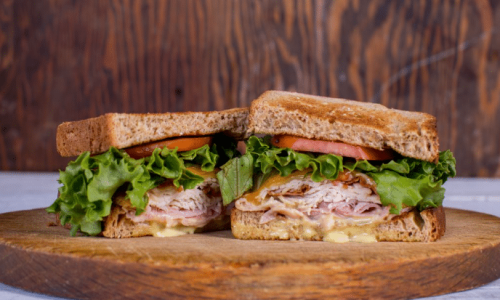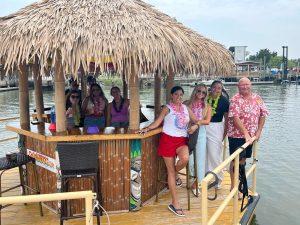On your visit to Charleston, you won’t want to pass up the chance to dine on fresh seafood. But be warned, not every seafood restaurant in town serves local or sustainable seafood.

It’s important to choose sustainable seafood not only for the health of the oceans, but for your own health. Seafood that comes from unsustainable sources often is from countries that don’t have regulations and don’t monitor the quality of water, meaning the seafood you’re eating could contain toxins. Plus, fishing practices may be hurting the oceans – whether destroying coral reefs through trawling practices or accidentally catching other marine animals such as sea turtles. Certified sustainable fisheries fish in an environmentally friendly way, ensuring our oceans stay intact.
For more information, visit scaquarium.org/goodcatch.
Fish species to eat during the winter months:
Golden tilefish: This fish is caught on bottom longlines and handlines in the Atlantic and is a great choice because of strong management, low bycatch and because the species is at healthy abundances.

Oysters: It’s oyster season, and local oysters have the best flavor. There are many great sources for local oysters.
Shrimp: The local shrimp season closes in December. South Carolina shrimp fisheries are using trawl nets outfitted with turtle excluder devices that allow large bycatch, including sea turtles, to exit the net.





















